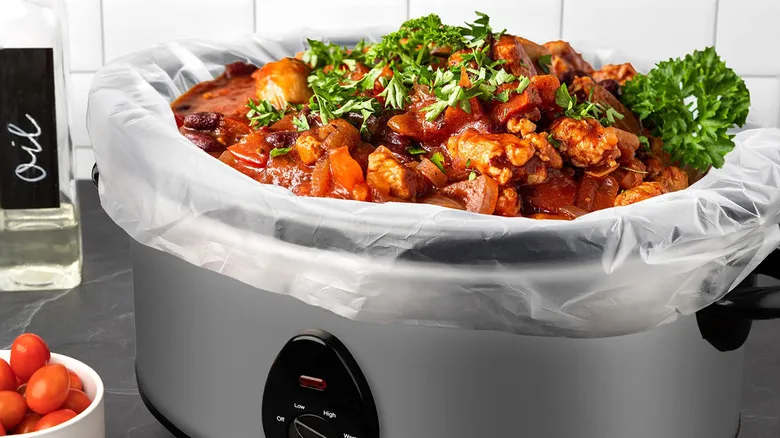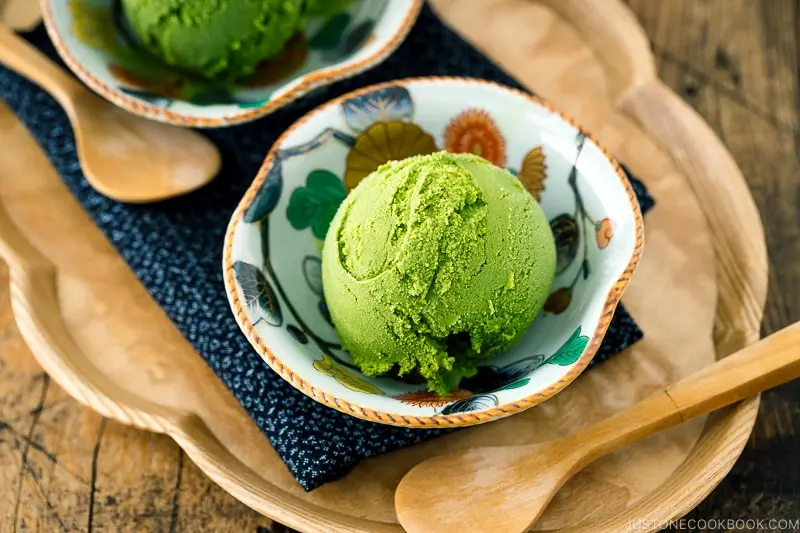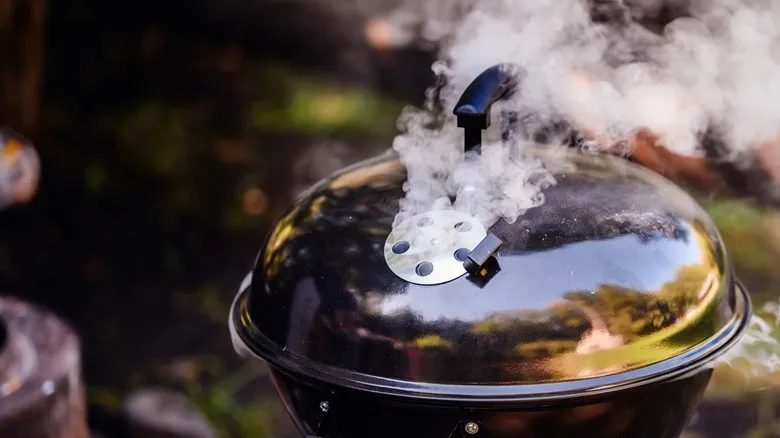The best shape and material for a caviar spoon
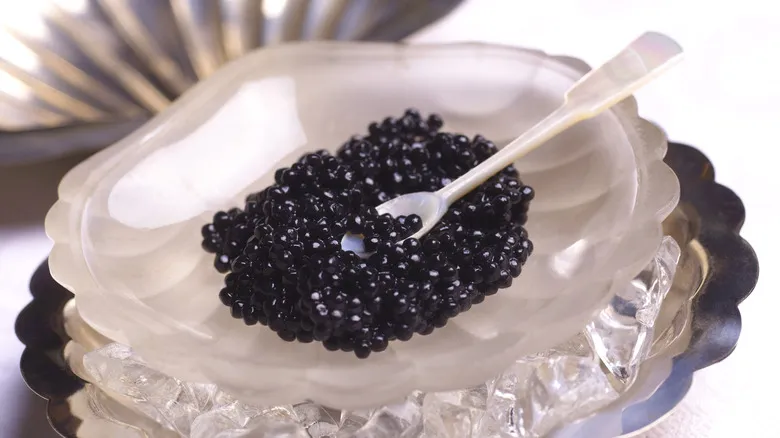
What type of spoon should you use when serving caviar on potato chips, for instance? Let's begin with its design. Caviar spoons ought to be small, featuring a long handle and a shallow bowl. A petite spoon allows you to scoop just the right amount of caviar, which is all that's necessary due to its strong, briny flavor, often used as a garnish. The extended handle also ensures that your hands don’t come into contact with the caviar, while the shallow bowl helps prevent any accidental bursting of the roe.
However, the material of the spoon is even more crucial than its shape. Using a metal spoon is a definite no when it comes to caviar. This is because metals, particularly pure ones, can lead to the oxidation of the caviar and the metal it touches. The longer the caviar is in contact with metal, the more likely it is to develop an unpleasant metallic taste that can ruin this delicacy. Pure metals are more prone to this effect, while alloys tend to have a milder interaction with the roe. Therefore, although serving caviar with a silver spoon might seem like a sophisticated choice (despite caviar's origins as peasant fare), it will undoubtedly compromise the dish.
The ultimate spoons for serving caviar
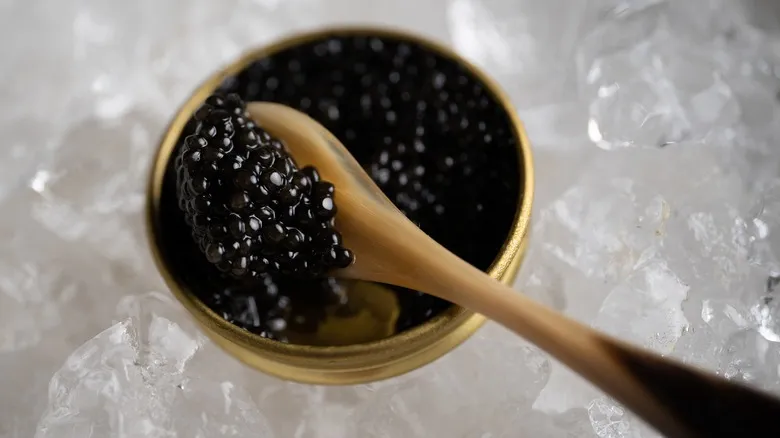
While there are certain strict guidelines for serving caviar, you don't need to be overly particular about your choice of spoon. Various materials are suitable, with mother of pearl being a top contender. This composite material, often derived from the inner layers of oyster, mollusk, or mussel shells, features a stunning iridescent finish and is ideal for caviar since it won’t react with the roe. Other organic options, like tortoiseshell or bone, can also complement caviar, but they may raise ethical concerns regarding sourcing. Additionally, bone spoons tend to absorb oils more readily than mother of pearl and can become stained with frequent use.
While most metals are best avoided, there are exceptions. Gold, for instance, is a viable choice for a caviar spoon as it doesn’t interact with the caviar’s chemical composition. However, due to its high cost, it’s best reserved for special occasions. If you're looking for a budget-friendly option, plastic spoons are an excellent alternative. They are smooth, non-reactive, and perfect for enjoying caviar—especially fitting for celebrations like New Year's. No matter which material you opt for, remember to serve your caviar with care. You wouldn’t want to disrupt your caviar experience and end up with a hangover from a magnum-sized Champagne bottle!
Recommended
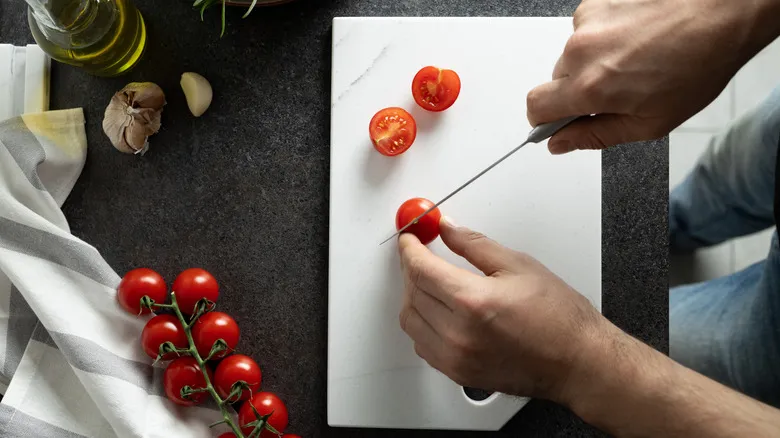
The Worst Cutting Board Materials Will Ruin Your Kitchen Knives
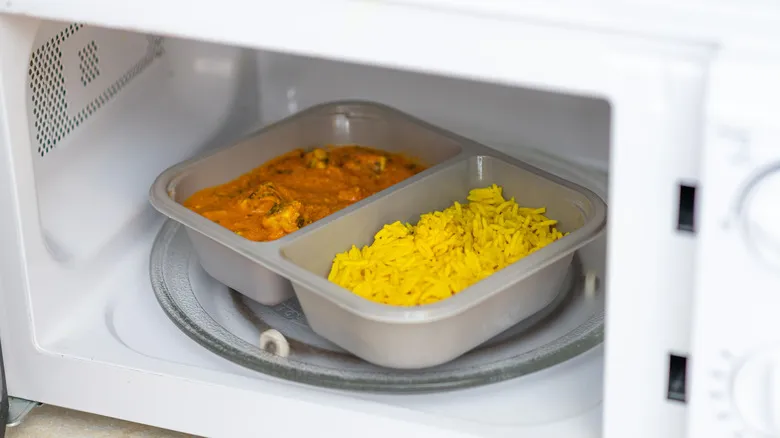
Why Letting Frozen Food Stand After Microwaving Is The Key To Better Results
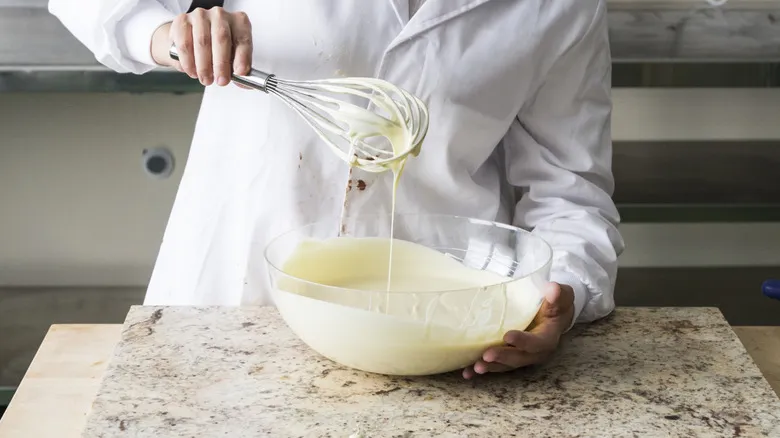
How To Melt Almond Bark In The Microwave Without Burning It
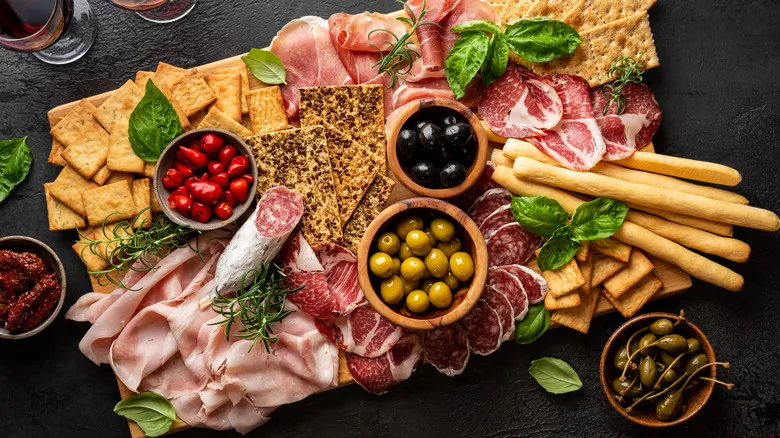
The Best Board For Charcuterie According To A Pro
Next up


